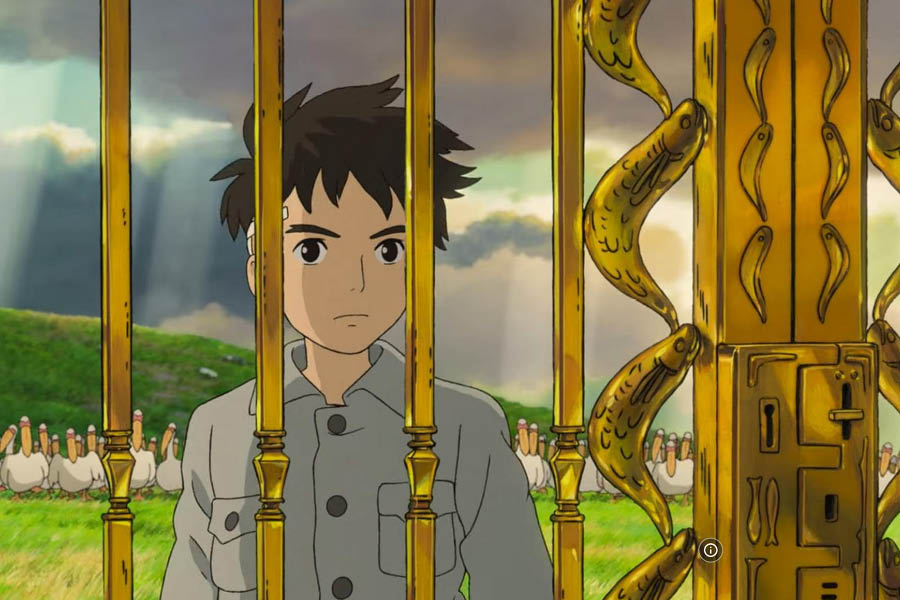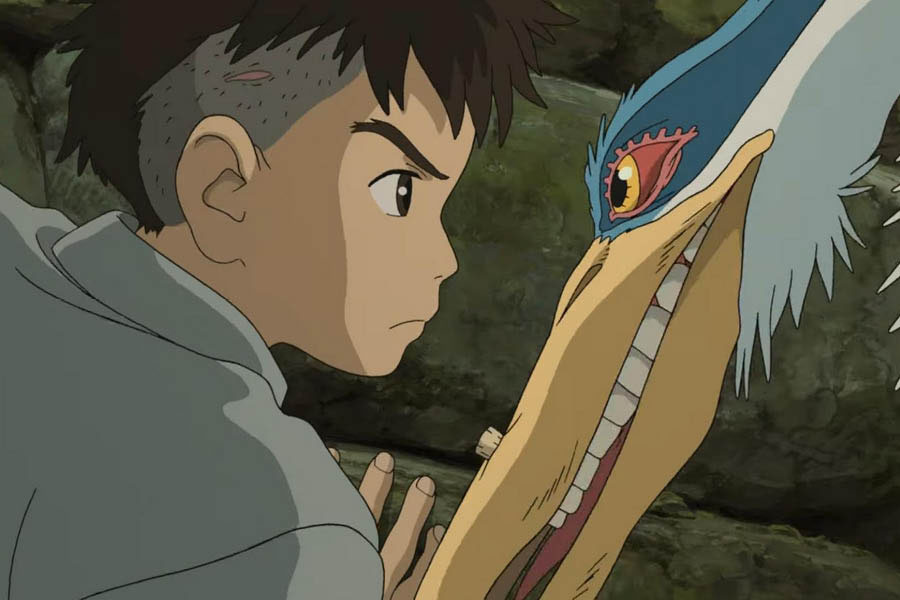How do you live when you have lost the person who meant the world to you? Do you heal? Do you learn to love again? These are the questions that drew Hayao Miyazaki out of his retirement and make The Boy and the Heron, the Studio Ghibli film that won him the Best Animated Feature Oscar in 2024. The Boy and the Heron hits close to home with its depiction of raw trauma lodged deep inside in the mind, through a dream-like fantasy adventure romp.
Adapted from Genzaburō Yoshino's 1937 novel How Do You Live, which has always been an important book for Miyazaki, the film begins with 11-year-old Mahito Maki grieving the death of his mother in a hospital fire in Tokyo during the Pacific War.
Mahito’s father Shoichi, an air munitions factory owner, marries his late wife’s sister Natsuko and the boy is unable to accept the arrival of a stepmother, let alone the fact that she is pregnant. After the war, Mahito and his father relocate to Natsuko’s rural ancestral house, where he comes across a talking grey heron that tells him his biological mother is still alive.
The heron leads Mahito to a sealed tower built by Natsuko’s great grand uncle who had disappeared mysteriously at the location.
As the heron keeps luring Mahito into the tower with the promise of finding his mother, the suspicious boy crafts a bow and an arrow to kill the bird.
It is when he stumbles upon a book called ‘How do you live’ that Mahito finally starts to process his trauma of losing his mother and tries to come to terms with his new reality.
When Natsuko walks into the tower one day and gets lost, Mahito decides to let go of his bitterness and look for his stepmother in this mysterious world.

In this fantastical world, Mahito meets the younger versions of people from his world, like Kiriko the maid and his mother Lady Himi. Filled with man-eating parakeets, a parakeet king and bubble-like spirits called Warawara, this world is an extension of Mahito’s subconscious where grief holds him back from feeling affection for his new mother.
When Natsuko’s great grand uncle tries to convince Mahito to stay back and hold the reins of this world after his death, the boy refuses as he wants to pave his own path rather than continue with someone else’s work.

The wizard-like great grand uncle, who goes to great lengths to find a rock to keep the fantastical world from falling apart, is perhaps in a way Miyazaki himself. One is almost tempted to see the veteran filmmaker in him, looking for an heir to carry on his life’s work — Studio Ghibli.
Through the grey heron, Miyazaki shows how a stranger can become a friend and soothe you in bleak times. From appearing as a malicious creature at first to being Mahito’s companion in his adventure, the heron becomes his compass in not only guiding him in the other world but also setting him on the path to recovery.
Mahito overcomes his grief by choosing to live in the present, realising that only he can pull himself out from the pits of sadness, guilt and ill will. It is as if Miyazaki is asking us the question we all tend to avoid — how do you live?











